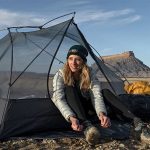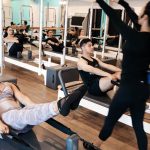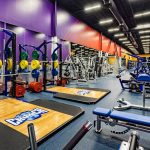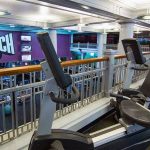In the ever-broadening trail running and multi-sport footwear market, the focus is on lightweight materials and performance technology. Although trail running and multi-sport shoes began as two distinct categories-and remain separate in the eyes of core users-they are drawing closer in terms of feature sets, and are even being merchandised in many outdoor specialty stores under the general banner of “outdoor cross-training.”
“The challenge is finding consistency,” remarks Chris Hillyer, Tevas product line manager, performance. “Each company defines [the category] differently. I dont know exactly why this multi-sport thing came about-its kind of a mystery. Really, its a matter of end-use. If you are going to sell a shoe thats runnable, it better be a running shoe. Cross-trainers may be touted as runnable, but theyre miserable to run in. And theres nothing worse than running in a light hiker.”
Hillyer also believes that in the case of multi-sport footwear, the industry may be trying to build a broader market, rather than serve smaller existing ones.
“The industry is pushing too hard to create another category, but Im not sure what its purpose is, other than allowing product segmentation at a particular company,” Hillyer says. “Theres a strong marketing aspect to this. We get excited about new product and technology, but at the end of the day, consumers want their clogs, light hikers, and maybe trail runners.”
Barry McGeough, VP of hardgoods at The North Face, offers a different view and suggests that the evolution of multi-sport footwear began with adventure racing.
“About 10 years ago, adventure racing started to put a more focused lens on what multi-sport is,” McGeough explains. “Everything in the multi-sport category has to be runnable. The bottoms resemble a running shoe, but the upper materials have to be quick-drying, lightweight, and often include adjustable closures like Boa.”
McGeough adds, “A multi-sport shoe can do many things. It is a very, very light hiker, it is amphibious, and it is weatherized-especially with the use of soft shell, which is also comfortable and stitchless. Basically, were talking about an all-purpose shoe that has technical features and benefits and that also has strong, everyday appeal. It speaks a very strong outdoor language.” He also notes that there is a lot of growth in the category. “Youre blending so many technologies-its a great mixology of all the technologies you can put in footwear.”
According to Jason Stadler, marketing and Internet services manager at Asolo USA/Lowe Alpine Systems, the growing popularity of trail running events is also fueling product development.
“We define trail running as typically more rugged than other trail shoes from road running vendors,” Stadler says. “Retailers are looking for product in the trail category because trail running seems to be a growing activity that people can do by themselves or in a group, at any age and at ones own pace.”
Stadler also points out that dealers are consolidating into key brands. “Retailers are looking at things such as width stories and super-lightweight product. [The focus] really depends on the particular retailer and the consumer base,” he says.
Bill Dodge, GM of GoLite footwear, believes that the activity of trail running is still an underserved market with plenty of room for growth. “We have to lead consumers to it,” he says. “Its a fantastic growth opportunity and a totally different experience than road running. Retailers need to find trails in their area and then market [the activity] to consumers. People are mostly unaware that this is a great activity and there are places to go right in ones own backyard.”
In terms of trail running product, Dodge says the key trend is lightweight. “From a consumers point of view, the lighter and simpler, the better,” he says. “Its all about the experience. Getting out and participating is more important than over-planning for every eventuality.”
Overall, observes Dodge, “Too much equipment is a barrier to getting people into the outdoors. Weve done such a good job of organizing sports that people now think they need to equip themselves to the nines to participate. We need to focus on product that is simpler, deconstructed and easy-to-use with no superfluous features.”















